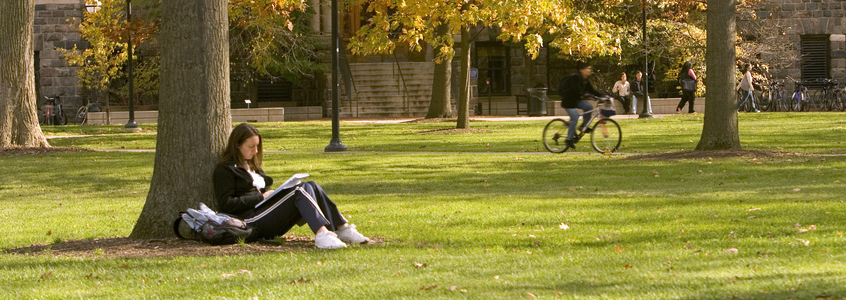
4 Scary Good Stats in Higher Education
Halloween is nearly upon us. And before countless little ghosts, goblins, villains, and superheroes race down our sidewalks in search of tasty treats, the Clearinghouse is taking a frightfully fun dive into the world of higher education data. Join us as we explore some wicked good statistics from our Research Center.
Stat 1: The Rise in Enrollment is a Real Treat
After years of decline, our Current Term Enrollment Estimates report noted that spring 2024 undergraduate enrollment crept up 2.5% (+359,000 students) compared to the previous year. This marks a sweet rebound for higher education following the pandemic. Want to raise your spirits more? Freshman enrollment grew at a higher rate this past spring than overall undergraduate enrollment (+3.9% compared to spring 2023).
Stat 2: It’s No Trick, More Students Return for 2nd Year
Persistence rate, which measures the percentage of students who return to college at any institution for a second year, rose to 76.5% (+0.8 percentage points, pp) for students who started college in the fall of 2022 compared to fall 2021 starters, according to the latest Persistence and Retention report. Looking for a sweeter treat? Two-year programs experienced the highest gains in retention rates — that is the percentage of students who return to the same institution — over the last decade. The retention rate for community college students rose 3.7 pp from 51.3% for those who started in the fall 2013 term to 55% for fall 2022 starters.
Stat 3: Urban High School Grads Make Boo-tiful Gains in Higher Education
Graduates from urban high schools (schools located in or near urban centers that serve diverse populations, often with a high percentage of students of color and those who are economically disadvantaged) showed positive gains in higher education attainment. The High School Benchmarks report showed urban high school graduates made positive gains in immediate enrollment (+0.7 pp), first to second-year persistence (+2.5 pp), and six-year completion rates (+0.2 pp). That is hauntingly good!
Stat 4: It’s no Hocus Pocus. After Stopping Out, More Students Re-Enroll.
Some College, No Credential (SCNC) students who re-enrolled increased by 9.1% in the 2022-23 academic year. The SCNC report series seeks to understand the educational trajectories of the tens of millions of U.S. adults who left postsecondary education without receiving a postsecondary credential and are no longer enrolled. The latest report shows 943,200 students re-enrolled in higher education after stopping out. Let’s howl for these students who are continuing their academic pursuits.
As we wrap up our frightfully fun dive into the world of higher education data for Halloween, we hope you’ve enjoyed learning about some of the sweetest trends in student enrollment, persistence, and completion. Want to learn more? Don’t be a scaredy cat! Visit the National Student Clearinghouse Research Center to explore our other reports.
Happy Halloween!
Additional Resources:



